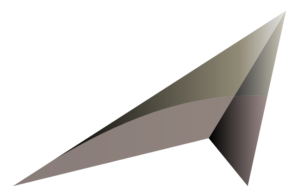Golden pheasant feathers have been used for many different purposes. From hat trims to extraordinary feather headdresses for Carnival and Las Vegas-style shows.
They also symbolize mortality, endings, and the importance of living in the moment and appreciating what you have.
Males are brightly colored with a golden yellow crest, cape (ruff), scarlet breast, and cinnamon tail. Females are more muted brown.
Table of Contents
Arts and Crafts
Pheasant feathers add a touch of rustic beauty to home decor projects, such as wreaths, centerpieces, and crafts. They’re also great for arts and crafts, including millinery. The crest feathers on the back of a pheasant’s head look like a helmet and give a feathery effect that is very striking.
There are many types of pheasant feathers, and the colors vary greatly. From almond-shaped feathers dyed dark orange to long tail feathers that are half red and brown striped, there is no shortage of options for adding golden pheasant feathers to your arts and crafts project.
Pheasant feathers come in various colors and textures and can be used for anything. From decorative feathers for hats to feathers for Aztec dancers, the options are endless for this gorgeous natural material.
Costumes
Feather hats became popular in the Edwardian Era, and pheasant feathers were commonly used. Today, pheasant feathers are used in millinery, fashion, Aztec dancers, and many home decor and art projects. They are instrumental in fly tying, as they are very versatile.
The male golden pheasant’s saddle (crest) and neck (tippet) feathers are often used in classical salmon flies, the red shoulder feathers make excellent substitutes for Florican bustard tail feathers, and the bright red feathers of the base of the tail can be used as feelers on prawn patterns. Full skins of golden pheasants are inexpensive and are usually available at most fish shops.
Fishing Flies
Pheasants are chicken-like birds that often roam open fields and forests. They are omnivorous and eat seeds, grain, roots, berries, insects, and snails. They can fly but rarely use it; they prefer walking, running, and hiding in brushy hedgerows. They make a loud cackling call and can be heard from long distances.
The body feathers of the golden pheasant are popular tailing material on many old standard dry flies. They also add a bright flash of color to the wings of salmon, sea trout, and trout patterns. An easy pheasant tail nymph is a great pattern for beginners. Tie in 8 pheasant tail fibers about three times longer than the hook shank, and then add three strands of flash, advance the thread, and wrap forward to make the underbody. Then, fold the pheasant tail fibers forward to form the shell and secure it with a few thread wraps before adding a head and whip finish.



